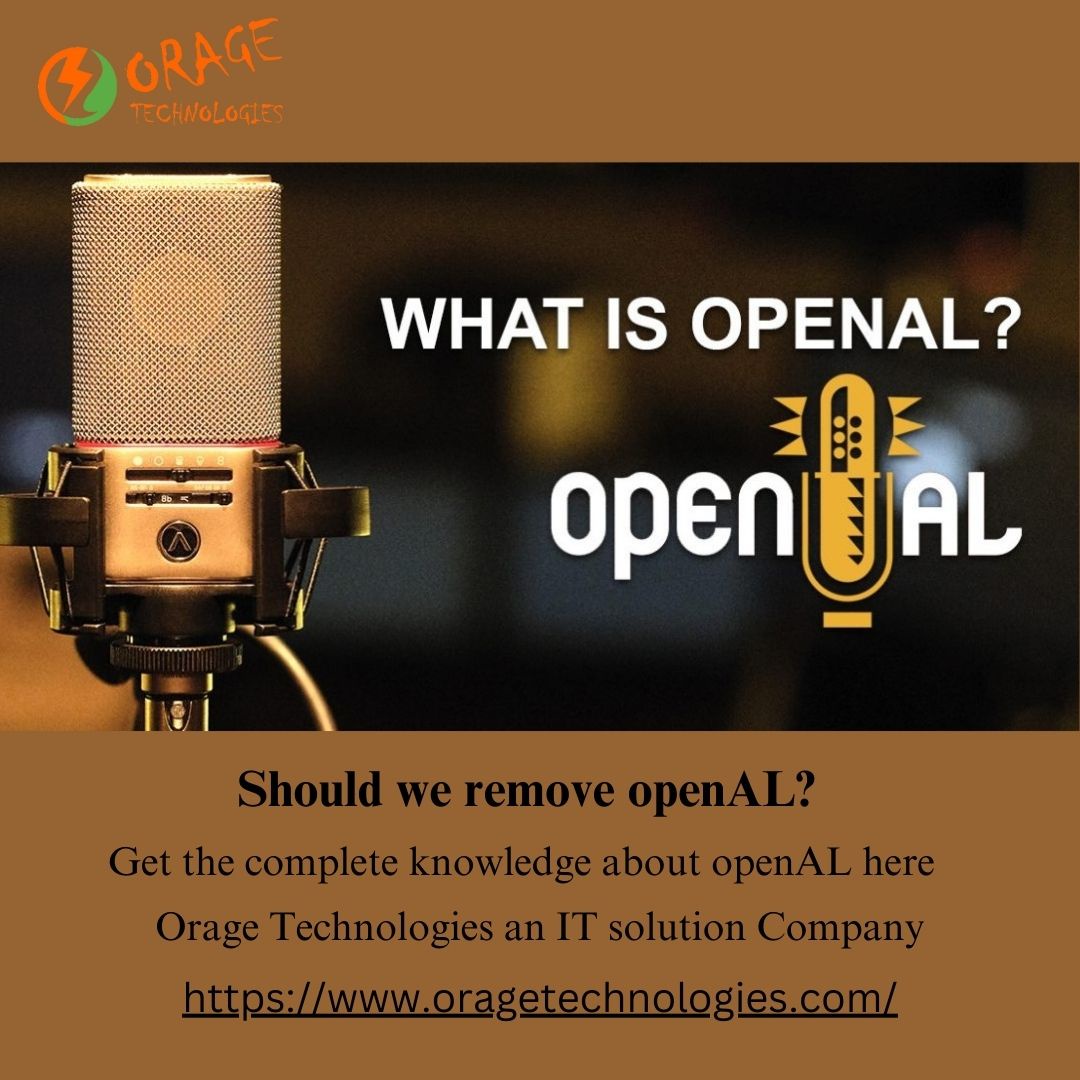Technological revolutions and the power of AI have always left us in surprise bringing innovation to make our lives easier than ever. OpenAL is one such technological innovation using artificial intelligence that has revolutionized interaction in virtual worlds through its immersive audio capabilities. The Open Audio Library, is an open-source cross-platform audio API (Application Programming Interface) designed to bring three-dimensional (3D) sound to applications, particularly in gaming. It allows developers to incorporate realistic audio environments, improving the overall gaming experience for players.
How OpenAL Enhances Gaming Experience?
Audio is a crucial aspect of modern computing, enhancing our digital experiences by adding depth and immersion to applications and games. OpenAL, or Open Audio Library, is a powerful cross-platform audio API that provides developers with the tools to create rich, spatialized soundscapes for their projects. In this comprehensive guide, we'll delve into the world of OpenAL, exploring its history, features, and practical applications.
Understanding OpenAL
OpenAL was first introduced by Loki Software in the early 2000s as an open-source alternative to proprietary audio libraries. The project aimed to create a standardized, vendor-neutral API for interactive 3D audio. Over the years, OpenAL has evolved, with contributions from various developers and organizations, making it a versatile and widely adopted audio solution.
How OpenAL Enhances Gaming Experience?
OpenAL plays a crucial role in enhancing the gaming experience by providing a powerful audio framework that adds depth, realism, and immersion to virtual worlds. Here's how OpenAL contributes to improving the gaming experience:
- Spatial Audio:
OpenAL excels in delivering spatialized audio, allowing developers to position sounds in a three-dimensional space. This feature enables players to perceive the direction and distance of in-game sounds, enhancing situational awareness and immersion. For instance, footsteps behind the player or distant explosions can be accurately located in the game world.
- Realistic Sound Environments:
With OpenAL, game developers can create realistic and dynamic sound environments. Whether it's simulating echoes in a cave, reverberations in a cathedral, or the muffling effect of walls, OpenAL allows for the creation of diverse and lifelike audio landscapes that complement the visual aspects of the game.
- Doppler Effect:
OpenAL supports the Doppler effect, which mimics changes in sound frequency based on the relative motion of the source and the listener. This feature adds a layer of realism to moving objects in the game, such as a speeding car or a flying spaceship, making the gaming experience more immersive.
- Dynamic Audio Scenarios:
OpenAL enables developers to dynamically change audio parameters in response to in-game events. For example, as a player moves through different environments, the audio can seamlessly adapt to reflect the changing surroundings. This adaptability contributes to a more engaging and responsive gaming experience.
- Interactive Music:
OpenAL facilitates the integration of interactive music systems. Game music can dynamically respond to gameplay events, creating a more personalized and emotionally resonant experience. The timing and intensity of the music can be synchronized with in-game actions, heightening the overall sense of immersion.
- VR and 3D Audio:
In virtual reality (VR) environments, accurate spatial audio is crucial for creating a convincing sense of presence. OpenAL's support for 3D audio positioning makes it an ideal choice for VR developers, allowing them to match the visual depth with immersive audio cues, enhancing the overall sense of realism.
- Performance Optimization:
OpenAL provides features for performance optimization, allowing developers to manage audio resources efficiently. Techniques such as audio streaming and efficient memory handling contribute to smoother gameplay experiences without compromising on audio quality.
- Cross-Platform Compatibility:
OpenAL is designed to be cross-platform, ensuring a consistent audio experience across different gaming platforms. This flexibility allows developers to create games that can be enjoyed by a wide audience, regardless of the gaming system they use.
- Open Source Community Support:
Being an open-source project, OpenAL benefits from continuous community support. Developers can access forums, documentation, and shared resources, fostering a collaborative environment that encourages knowledge sharing and the creation of high-quality audio content.
- Accessibility Features:
OpenAL can be leveraged to implement accessibility features in games. For instance, developers can use spatial audio cues to assist visually impaired players in navigating the game environment or provide auditory feedback for in-game events
Conclusion:
As digital entertainment is taking new forms, OpenAL stands as an invaluable tool for developers seeking to add a futuristic element to their creations through realistic and immersive audio. It has been a path-breaking innovation in the gaming industry with its cross-platform compatibility and adoption by popular games. So, the next time you find yourself lost in an engaging game world with realistic, positional audios, take a moment to appreciate the role of this software in making that experience truly unforgettable.


No comments yet